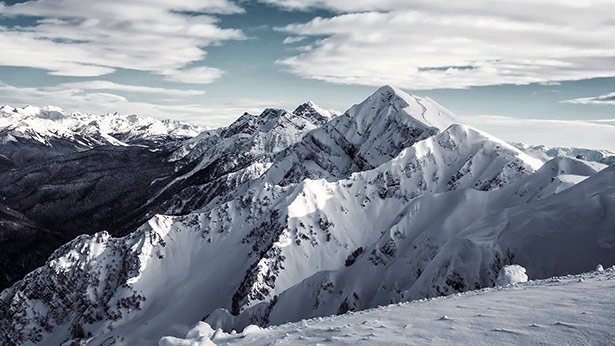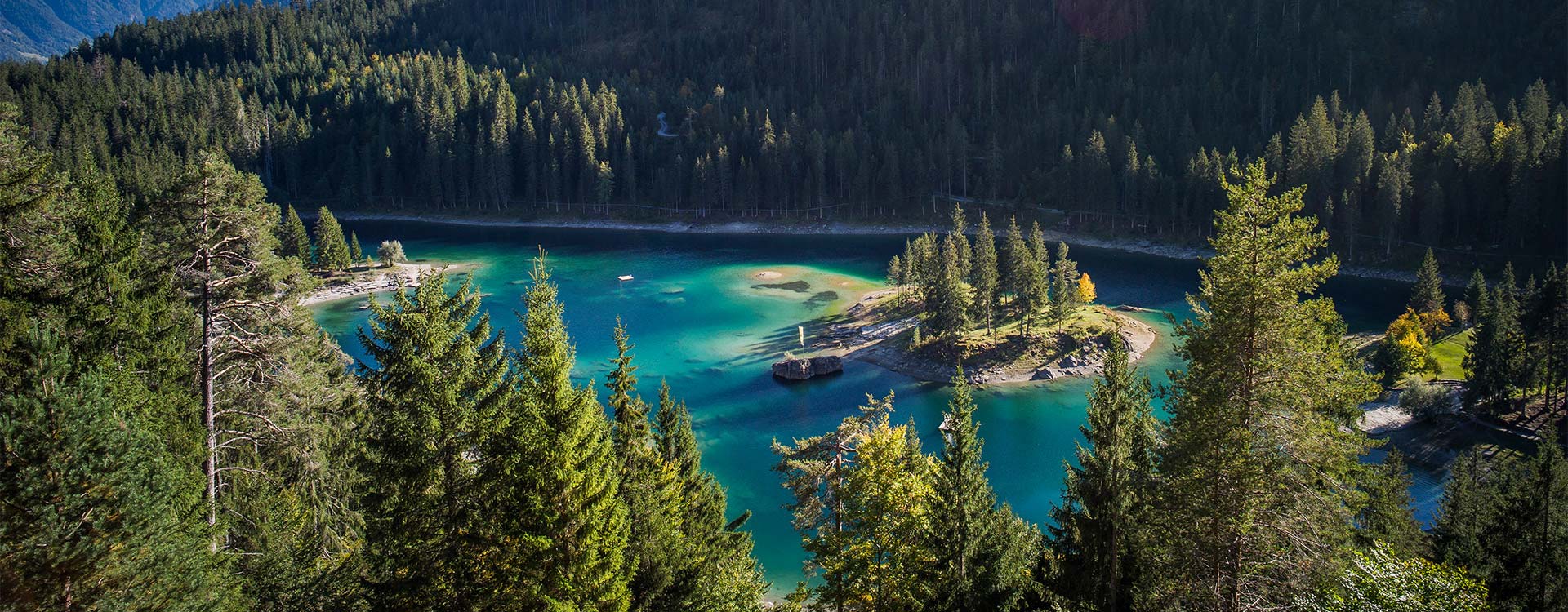Welcome To ...
... 5 Good Reasons To Visit Switzerland
- Chocolate
- Cheese
- Mountains
- Lakes
- Beautiful old towns
Switzerland is one of the first countries to have produced chocolate, thanks to a number of pioneers. In 1819, François-Louis Cailler opened a mechanised production facility in Corsier-sur-Vevey above Lake Geneva. In 1826, it was the turn of Philippe Suchard to set up a chocolate factory in Serrières, in the canton of Neuchâtel. The number of chocolatiers continued to multiply until the end of the 19th century – not only making chocolate popular in Switzerland, but helping to develop know-how in this field.

Swiss cheese is the name for a variety of cheese that resembles Emmental cheese, a yellow, medium-hard cheese that originated in the area around Emmental, Switzerland. Some types of Swiss cheese have a distinctive appearance, as the blocks or rounds of the cheese are riddled with holes known as "eyes". Swiss cheese without eyes is known as "blind". Swiss cheese is now manufactured in many countries, including the United States, Finland, Estonia, and Ireland. It is sometimes made with pasteurized or part-skim milk, unlike the original from Switzerland made with raw milk. The United States Department of Agriculture uses the terms Swiss cheese and Emmentaler cheese interchangeably. In Australia, both terms are used, along with Swiss-style cheese, in some cases differentiating the two. The term Swiss cheese is sometimes used in India, although it is also often referred to as Emmental, which is the more common name in Europe.

The Alpine region of Switzerland, conventionally referred to as the Swiss Alps (German: Schweizer Alpen, French: Alpes suisses, Italian: Alpi svizzere, Romansh: Alps svizras), represents a major natural feature of the country and is, along with the Swiss Plateau and the Swiss portion of the Jura Mountains, one of its three main physiographic regions. The Swiss Alps extend over both the Western Alps and the Eastern Alps, encompassing an area sometimes called Central Alps. While the northern ranges from the Bernese Alps to the Appenzell Alps are entirely in Switzerland, the southern ranges from the Mont Blanc massif to the Bernina massif are shared with other countries such as France, Italy, Austria and Liechtenstein. The Swiss Alps comprise almost all the highest mountains of the Alps, such as Dufourspitze (4,634 m), the Dom (4,545 m), the Liskamm (4,527 m), the Weisshorn (4,506 m) and the Matterhorn (4,478 m). The other following major summits can be found in this list of mountains of Switzerland. Since the Middle Ages, transit across the Alps played an important role in history. The region north of St Gotthard Pass became the nucleus of the Swiss Confederacy in the early 14th century.

There are several thousand lakes in Switzerland, with estimations up to 7000, although those include very small water bodies, traditionally referred to as "lakes". On this list, only the 103 largest lakes, which are over 30 hectares in area, are included. Among these, 58 are over 1.0 km², 17 are over 10 km², and just five are over 100 km² in area. Of these lakes, 37 are natural, 21 are natural, but are used as reservoirs, and 45 are manmade reservoirs. These 103 lakes are shared among 21 cantons, out of the 26. Some of these lakes are also shared with neighboring France, Germany, Austria, and Italy (for simplicity purposes, only the total area of the lake is indicated). Four of the cantons (Grisons, Berne, Valais, and Ticino) have more than 10 of the lakes, apiece, and just over one-half of the cantons (14) have one or more lakes of over 100 km² in area. Most of these lakes are either below 800 metres above sea level (mostly natural lakes), or above 1600 metres (mostly manmade lakes). A large majority of the lakes, 66, are located in the Rhine basin (partly via the Aare River); 17 in the Rhone basin (partly via the Doubs River); 14 in the Po River basin (mostly via the Ticino River); and six are in the Danube River basin (all via the Inn River).

When it’s time to escape the cities of Geneva and Zurich, just two hours away Switzerland’s small picturesque towns feel like walking through a medieval movie set. Cobbled streets and fairytale castles, decorated fountains and frescoed houses; it’s not hard to find such delights in many Swiss towns, largely thanks to centuries of neutrality. No cannons, no tanks, no crossfire; all of it means that almost every Swiss town has an unspoilt medieval heart. So which are the best Swiss towns to visit? Sometimes the best things come in small packages. Rather than sticking to the big-name attractions like Lucerne or Montreux, it’s also worth heading out to discover small-town Switzerland.

Coded by Stephanie Walther 🙀